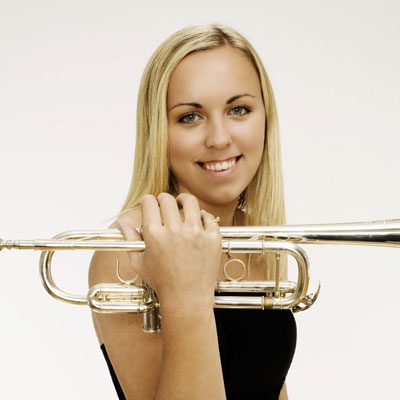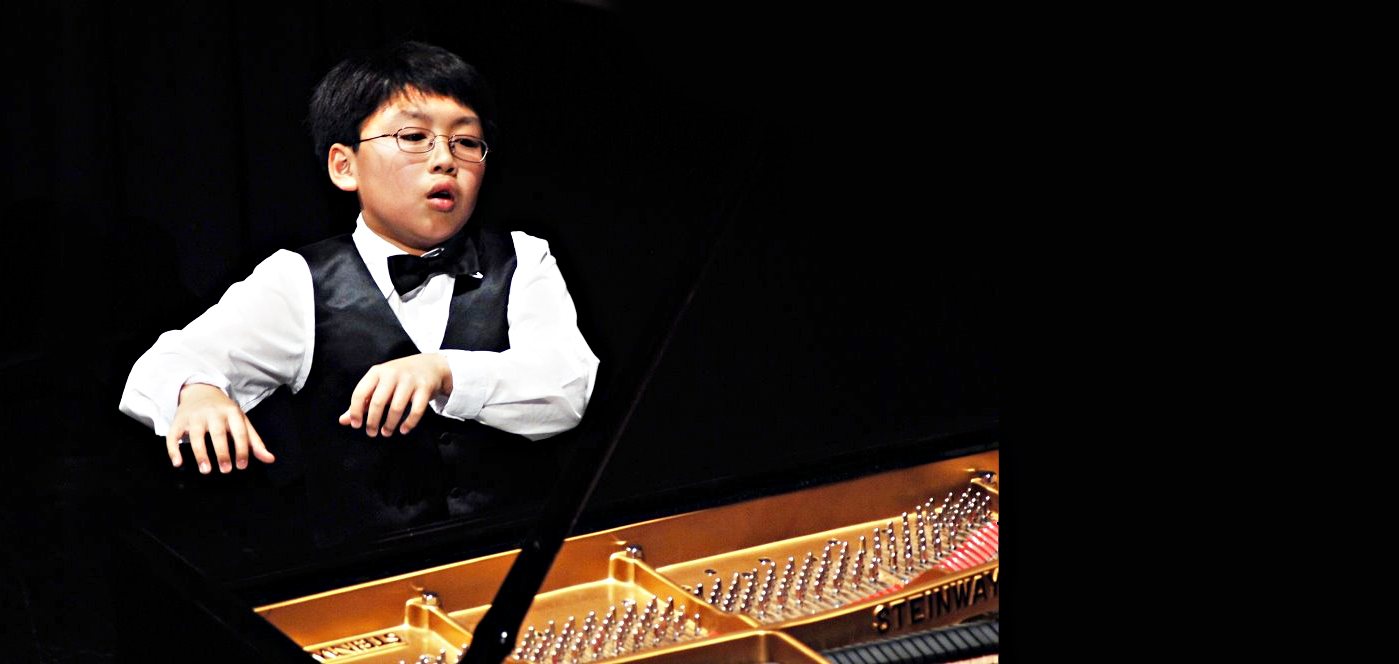Category: Blog
-

RU35: RECITALS UNDER 35
Looking for a way to experience heart-stopping classical music recitals without breaking the bank? RU35, or Recitals Under 35, is the Vancouver Recital Society’s new program for discerning young Vancouverites between the ages of 18 and 35. RU35 tickets for all recitals are only $18, a savings of up to 75%. As one of the…
-

WHAT TO EXPECT: TINE THING HELSETH
We are looking forward to presenting Tine Thing Helseth in her Vancouver debut this coming Sunday. Tine (pronounced Tin-eh) will be accompanied by pianist Håvard Gimse, and together they will perform the Canadian premiere of a new work for solo trumpet by Norwegian composer Rolf Wallin. Also featured in the recital program: Bohuslav Martinů’s Sonatina for…
-

THE ONE WHO GOT AWAY
For a good many years I have been an ardent fan of the wonderful German bass-baritone, Thomas Quasthoff. I had the good fortune to hear him in recital at the Wigmore Hall and remarkably, despite his 4ft height he was a towering presence on the stage. He was a “thalidomide baby” who soared above his…
-

LISTENING ROOM REVEALED
Over the past few weeks we asked our readers for their favourite recordings, performers and repertoire. We received many responses. Perhaps it is not surprising that J. S. Bach ranks high with our listeners. One wrote, “I’m listening to Bach piano transcriptions performed by Dinu Lipatti, Yvonne Lefebure, Egon Petri, Solomon, Myra Hess, and Wilhelm…
-

PARKING AT THE CHAN CENTRE
Many of our patrons have pointed out the increasing cost of using the Rose Garden Parkade adjacent to the Chan Centre. In the past, parking at UBC was underwritten by UBC Parking Services with a small charge ($1-$1.50) applied to organizations using the Chan Centre for each ticket that was sold. UBC Parking absorbing the…
-

THE REMARKABLE CAREER OF GEORGE LI
And what a career it has been for this 15 year old pianist! George Li began winning competitions at age 6 and he made is first public performance at Boston Steinway Hall at the age of nine. One of his biggest achievements came in 2010 when he performed Chopin’s Piano Concerto no. 1 with the…
-

LISTENING ROOM
One thing we all share in common is a passion for listening to music. Of course, we regularly come together to discover new talent and marvel at internationally-acclaimed artists on Vancouver’s stages. But our appetite for music does not end there. In a world where recordings have never been more readily available, we can now…




